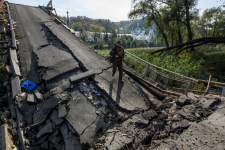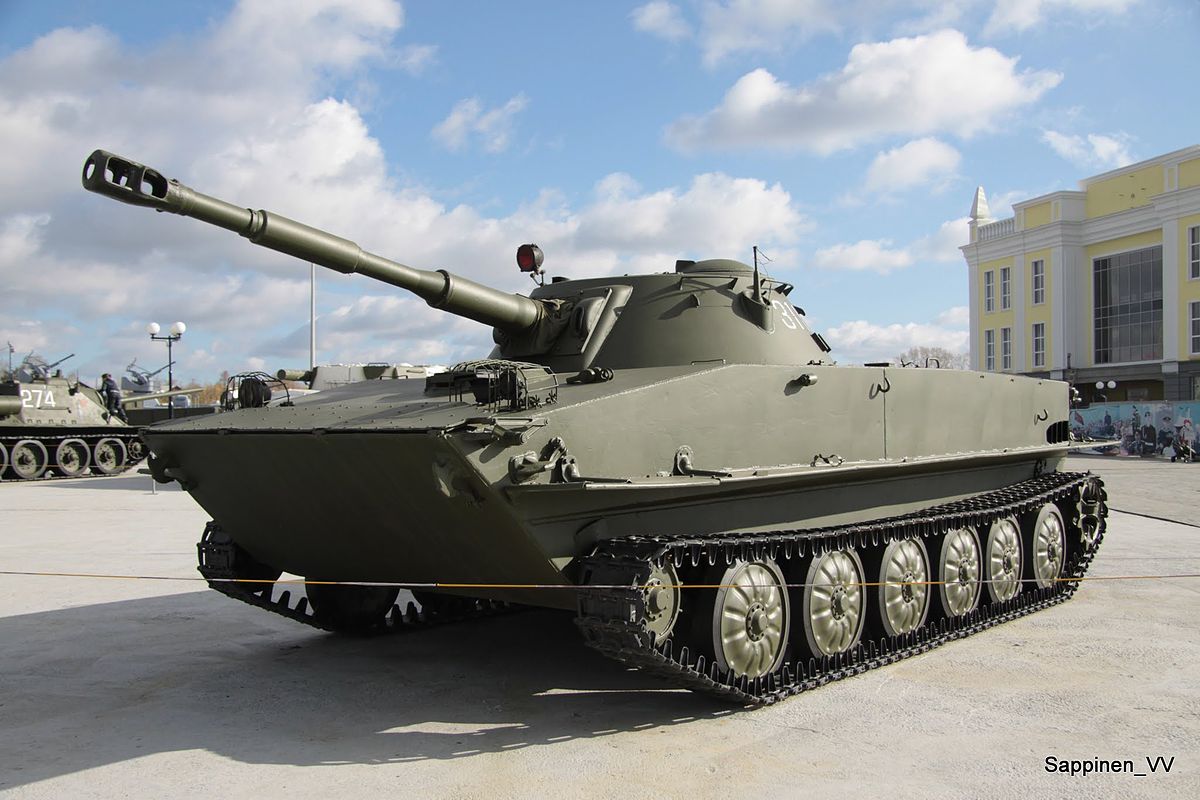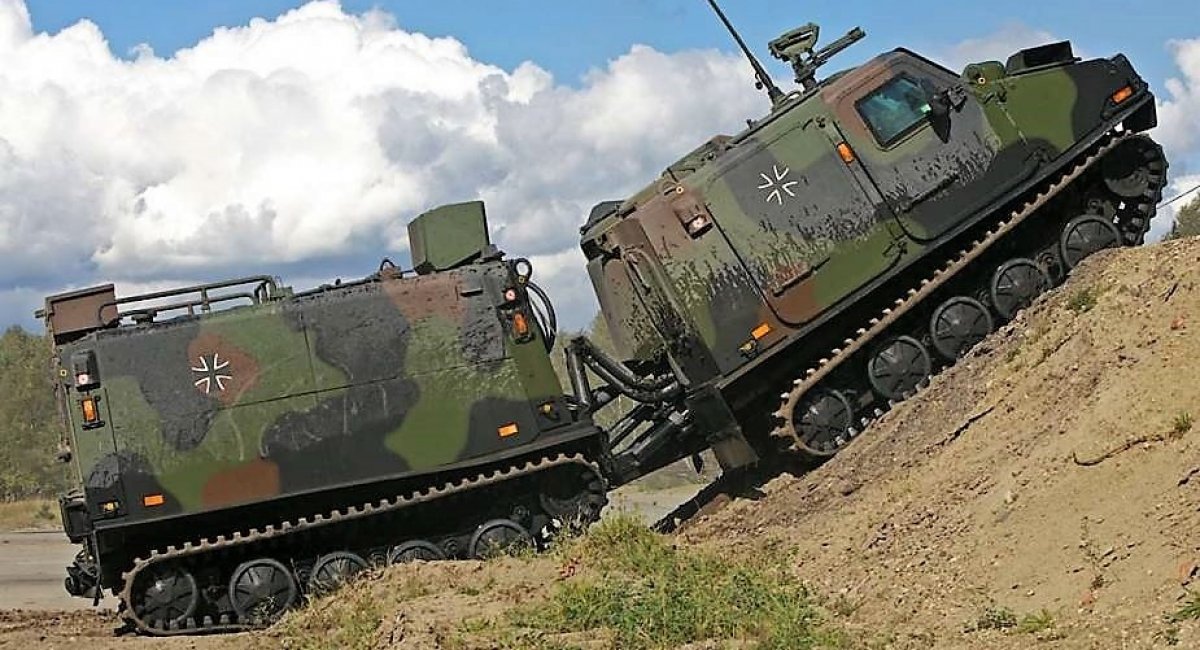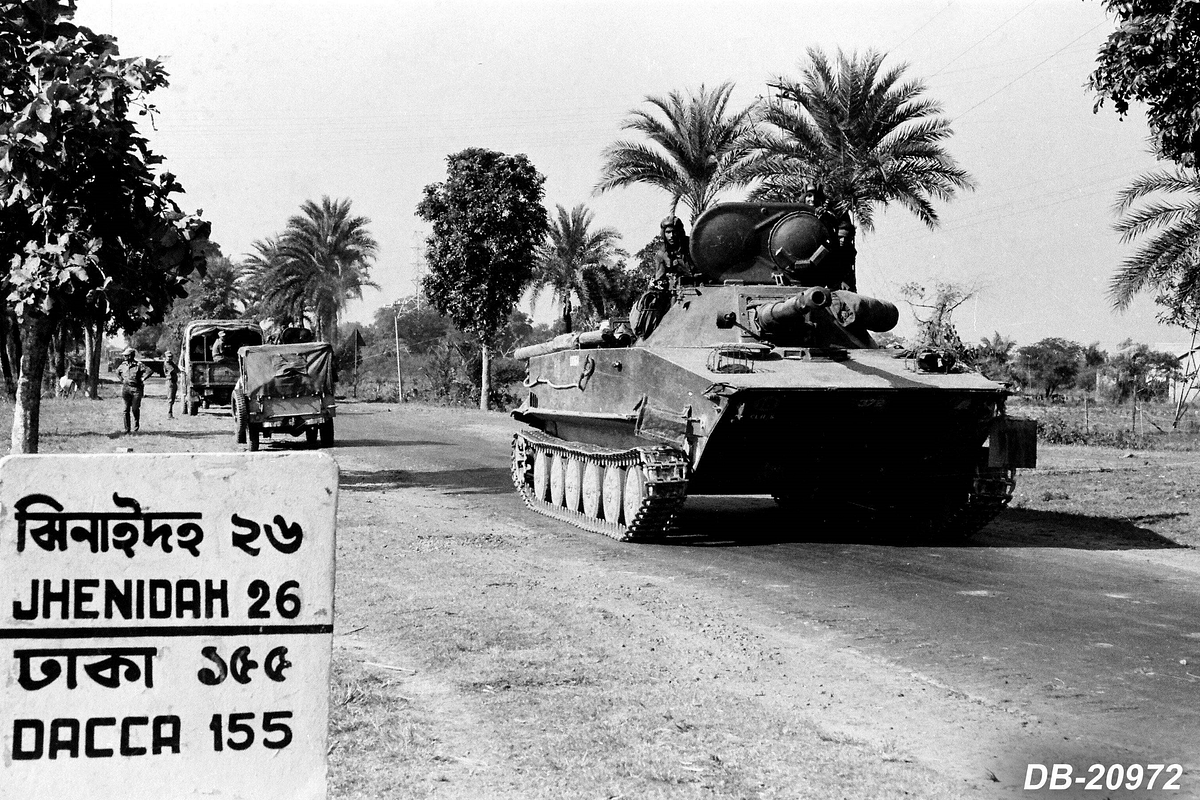@Kirkhill while I personally have never been in an AVGP, M113, or Bradley doing a swim, I have watched the prep (hours) to simply swim a short section of an inland lake with concrete ramp for a few different vehicles. I’ve also seen several sink during ‘launch’.
As both
@markppcli and I have tried to make clear it’s isn’t a viable solution for a lightly armored vehicle. Not only does the prep time cause issues, but also they are extremely slow, unstable with any significant waves, and have issues entering and exiting the water if there aren’t nicely graded hard banks.
The only vehicle I have seen that are actually good at this sort of thing are Hovercraft.
But they also come with enormous issues themselves. I think
@Colin Parkinson has some experience with these craft.
If you’re looking for a DOMOPS vehicle in this respect - the BV206 type of system is the best option.
Fine. I would happily take the Bvs. As would the Ukrainians.
I accept that amphibious vehicles are not the answer for long range crossings (Over The Horizon is too far). I accept that crossing under fire is ridiculously hard and requires a D-Day effort.
My contention is that not all water obstacles are Lake Superior. Some are just overgrown creeks.
I also contend that not all water obstacles are covered by fire. Those areas not covered by fire can be located and exploited.
In fact, setting water obstacles aside, my sense of the Ukrainian plan is pretty much that. They are pursuing multiple possible avenues of advance concurrently looking for weaknesses which they can exploit. They are, in my opinion, working around the enemy with the intention of making the enemy's positions no longer viable.
That is why I believe that those river crossings I posted look like training or administrative moves, because the Ukrainians are looking for opportunities to advance without facing enemy fires. When they do they get hit hard and risk the fate of the Russian Convoy in Kiev and the Bilhorivka Battalions River Crossing.
Concentration, or bunching up, seems to get you killed in this situation.
As for prepping the vehicle.....
Once the vehicle is prepped for water crossings how long can you operate on land before you have to re-prep for the next obstacle? Or can you prep once and cross three or four sand bars at once? Three or four creeks? Ridges and Valleys?
As you note the Bv206s/Bv210s seem to transition easily and rapidly from water to land to bog and back again. So it is not beyond the ken of man to build a vehicle that can operate in that fashion.
I would have loved to have those 800 Bv206s that Perrin Beatty was requesting.
The BvS10 looks to my eye like a useful vehicle for operations on a broad front ahead of the Heavies as recce or screen or flank guard as well as a useful support vehicle to keep up with the Heavies.
Beatty was proposing both the Bison AND the Bv206. He got 199 Bisons and 100 Bv206s. Both were amphibious, as was the Grizzly. The Bv206 went places the Bisons and Grizzlies couldn't go. On the other hand the Bisons and Grizzlies covered ground on roads almost twice as fast as the Bv206.
There are approx 30,000 rivers crossing Ukrainian ethnographic territory. Of that number about 23,000 are in Ukraine. With a combined length of nearly 180,000 km, most are small; in Ukraine there are 117 rivers the watercourses of which exceed 100 km, but only 13 that are longer than 500 km (they are noted in table 1).

www.encyclopediaofukraine.com
And most of the water crossings look like this.

If we were told the Russians had prepared 180,000 km of tank ditches with trenches, and only had 180,000 troops to cover them, 1 soldier per kilometer to cover the obstacle by fire, would that be considered and obstacle that required a D-Day scale preparation to defeat?
Germany is supplying the Ukrainian army with a large package of defense aid, which includes 64 Bandvagn 206 (Bv206) articulated tracked all-terrain vehicle

en.defence-ua.com
The Germans are supplying these to the Ukrainians - the armoured version of the Bv206.








